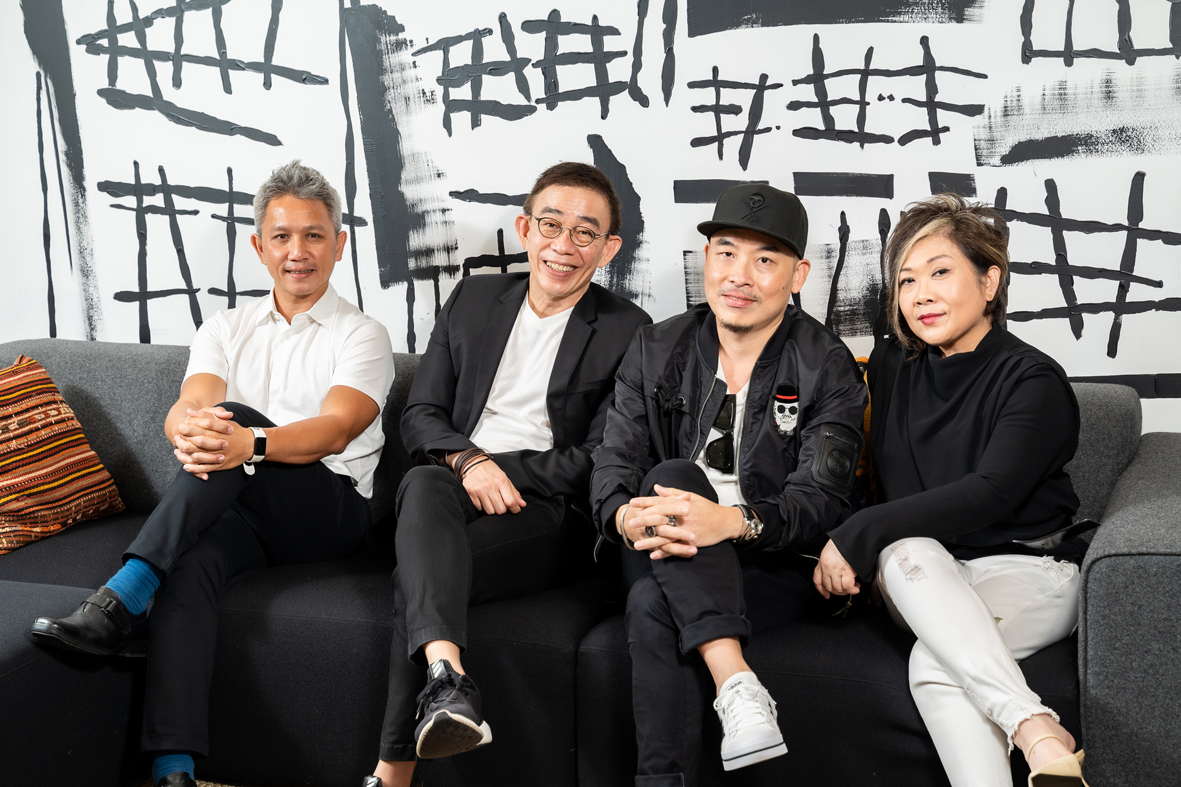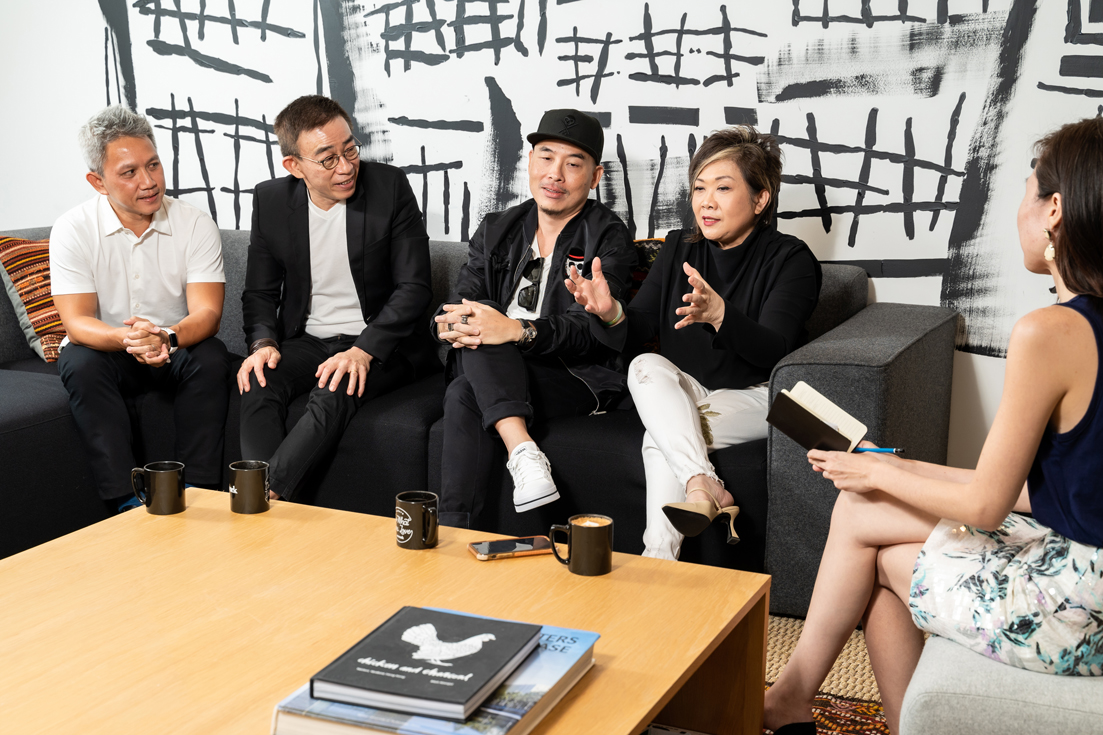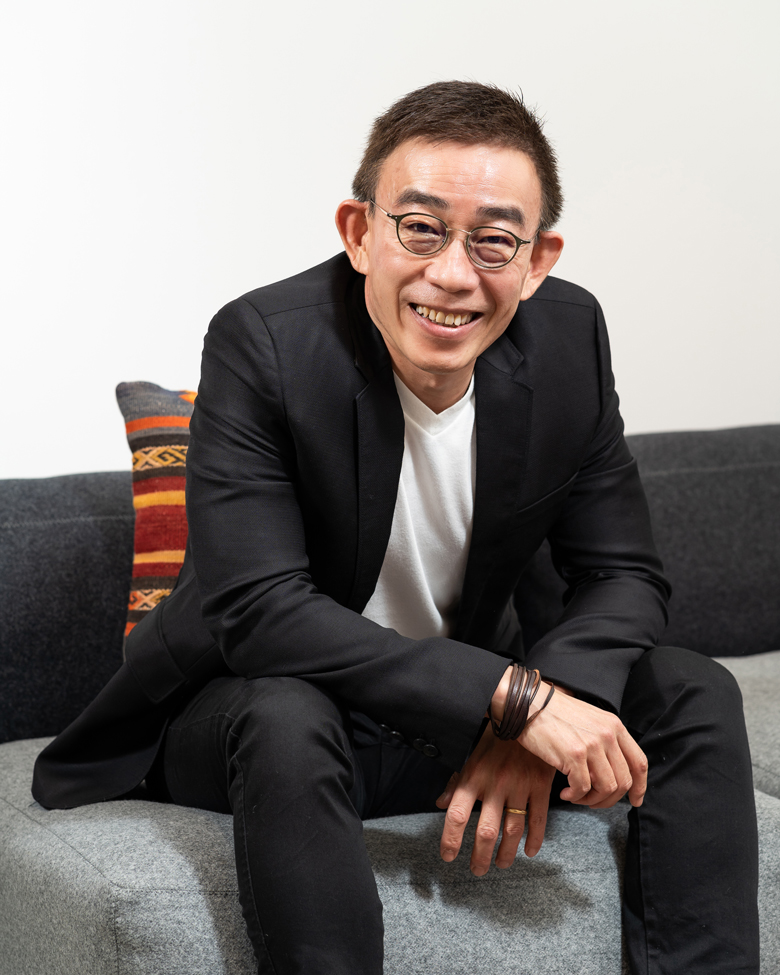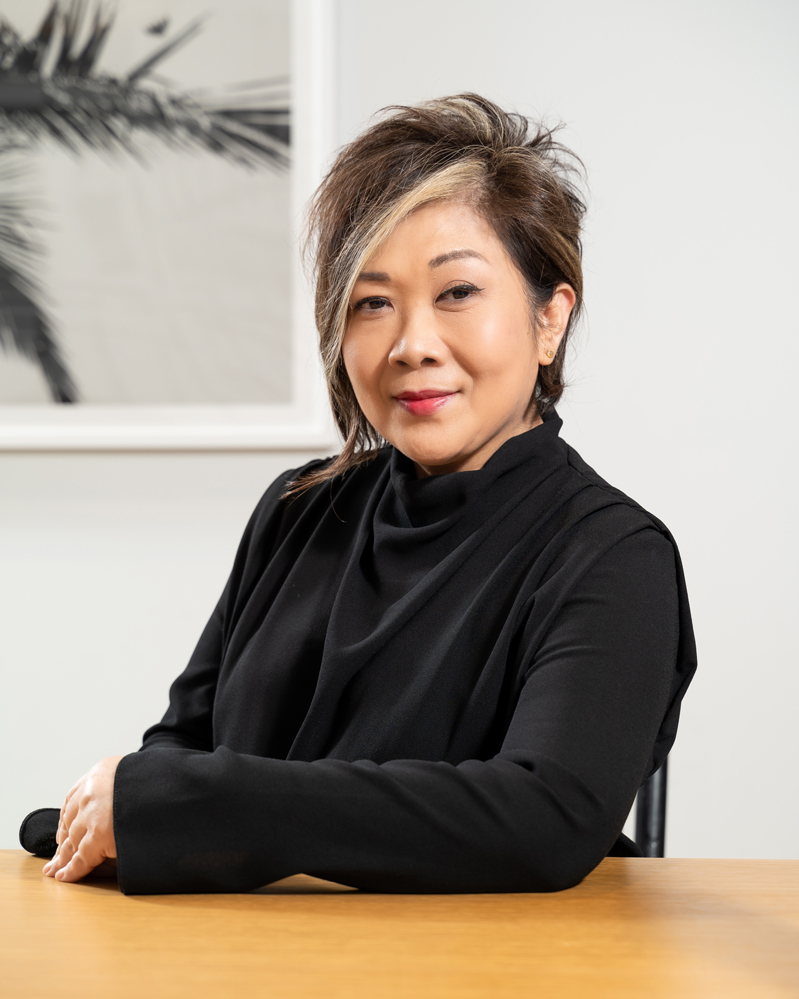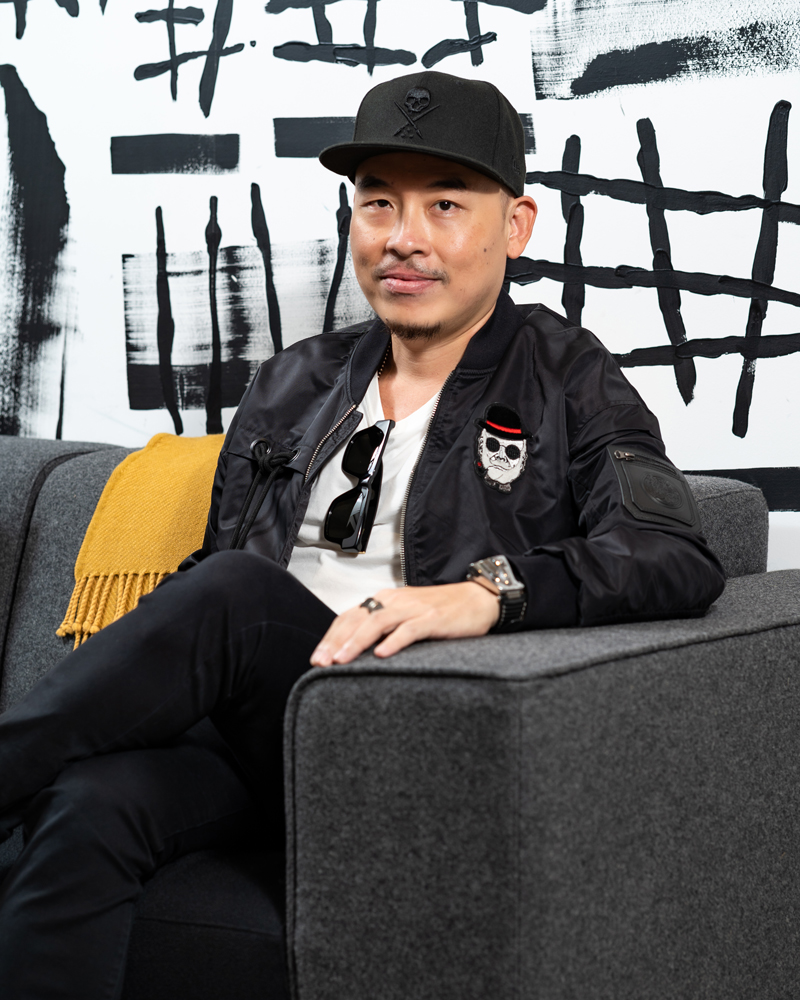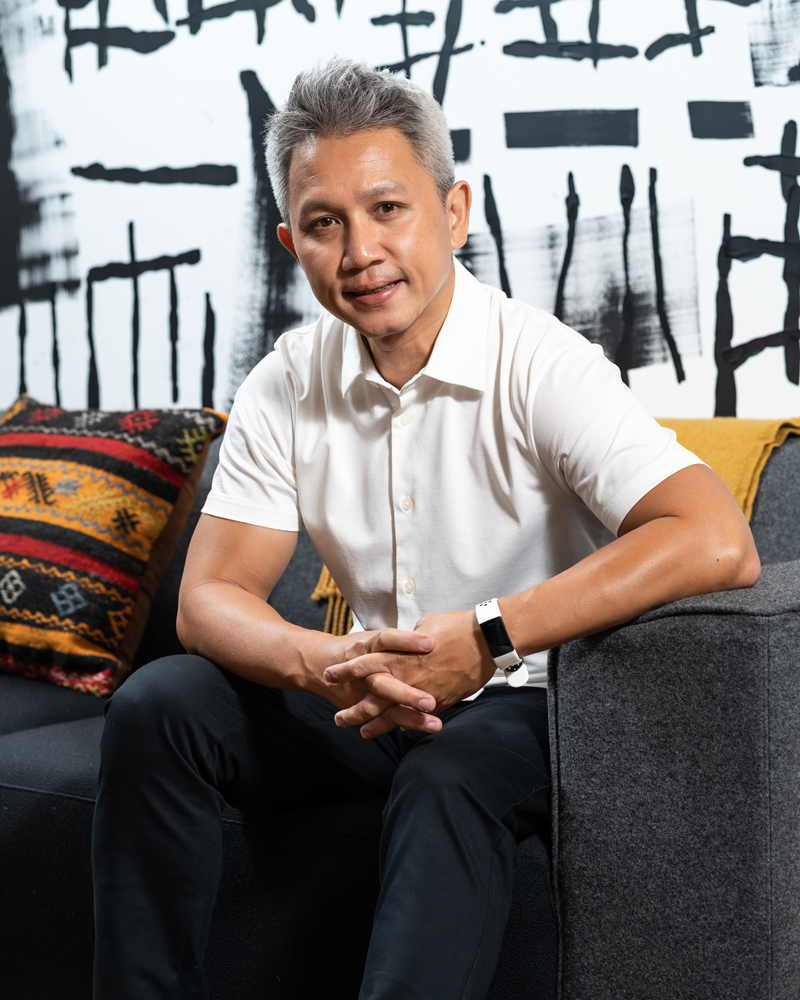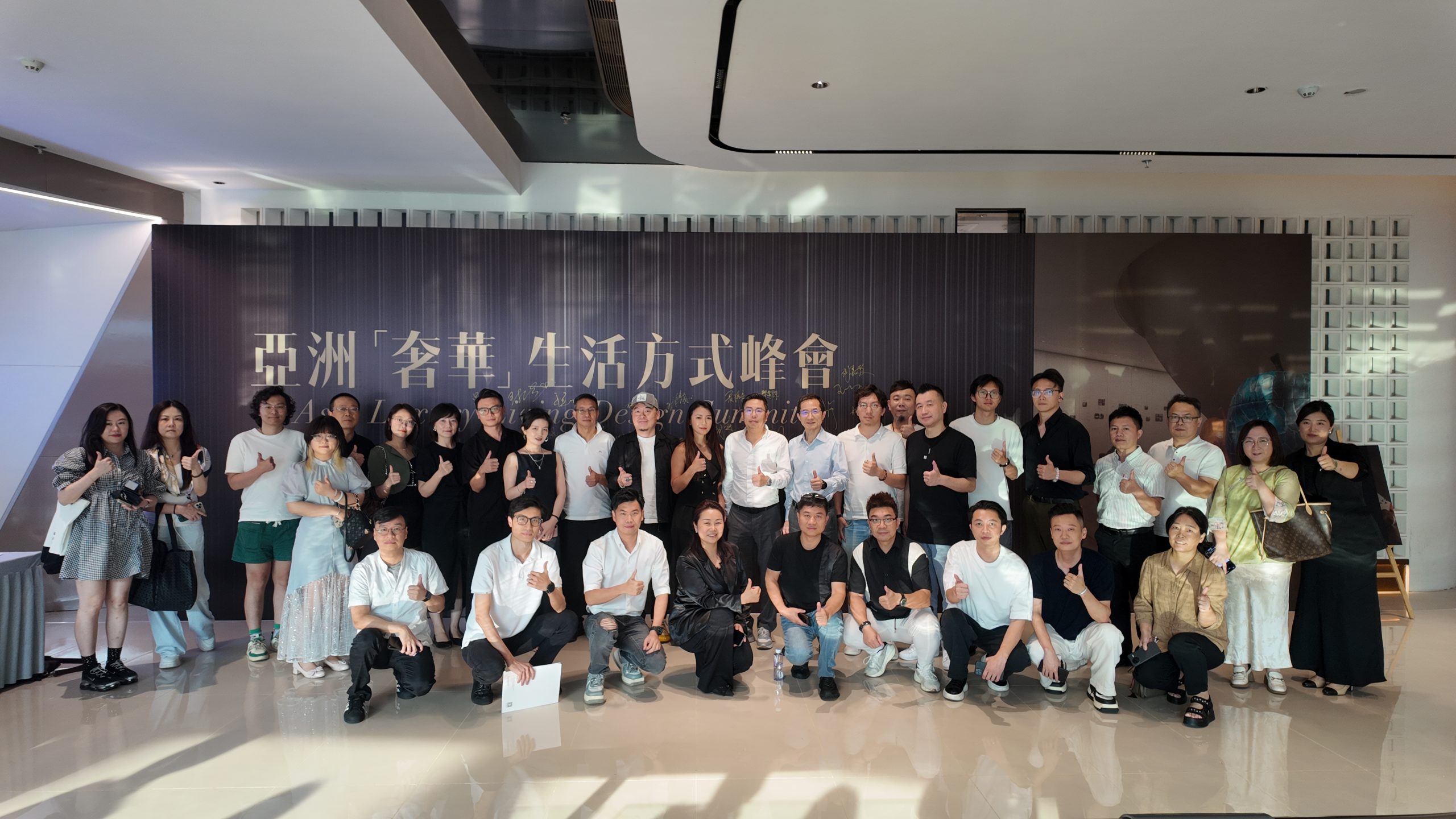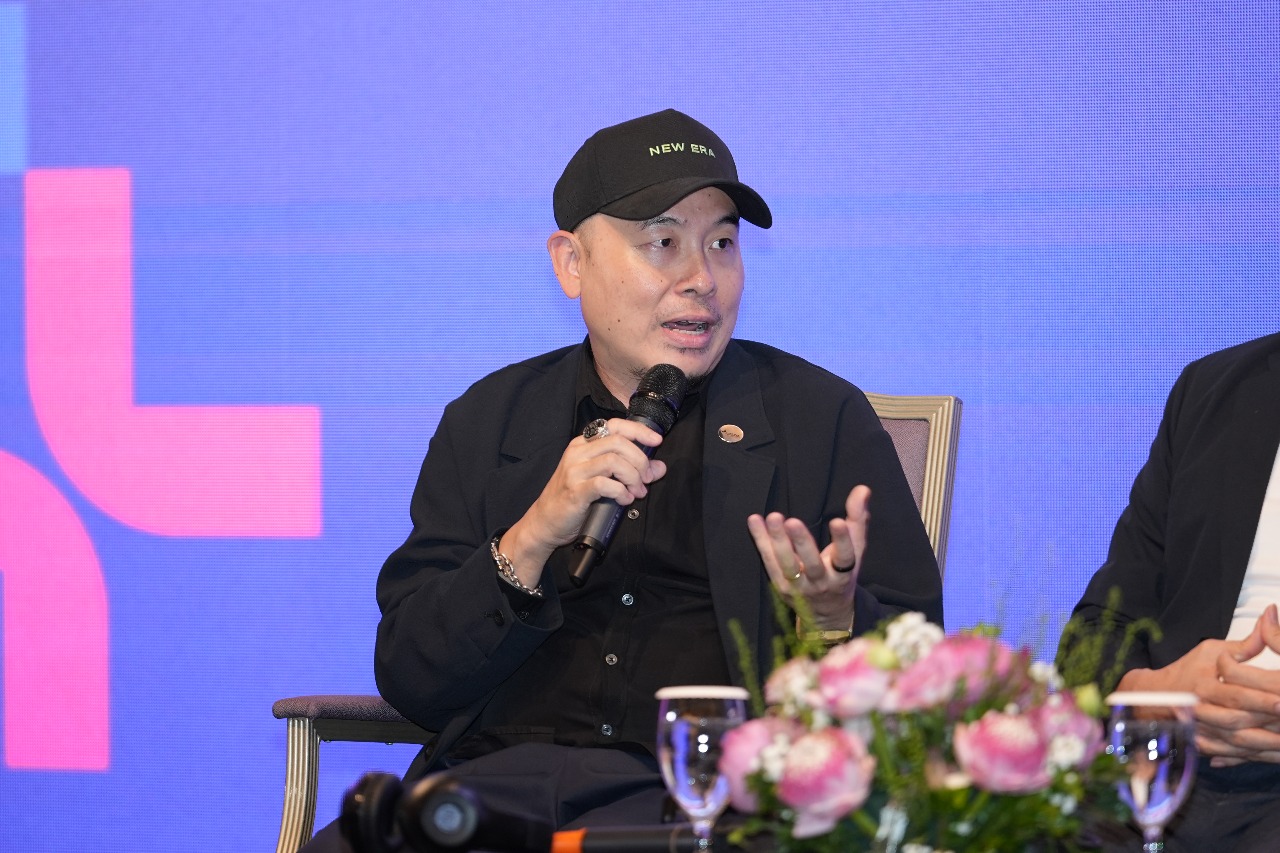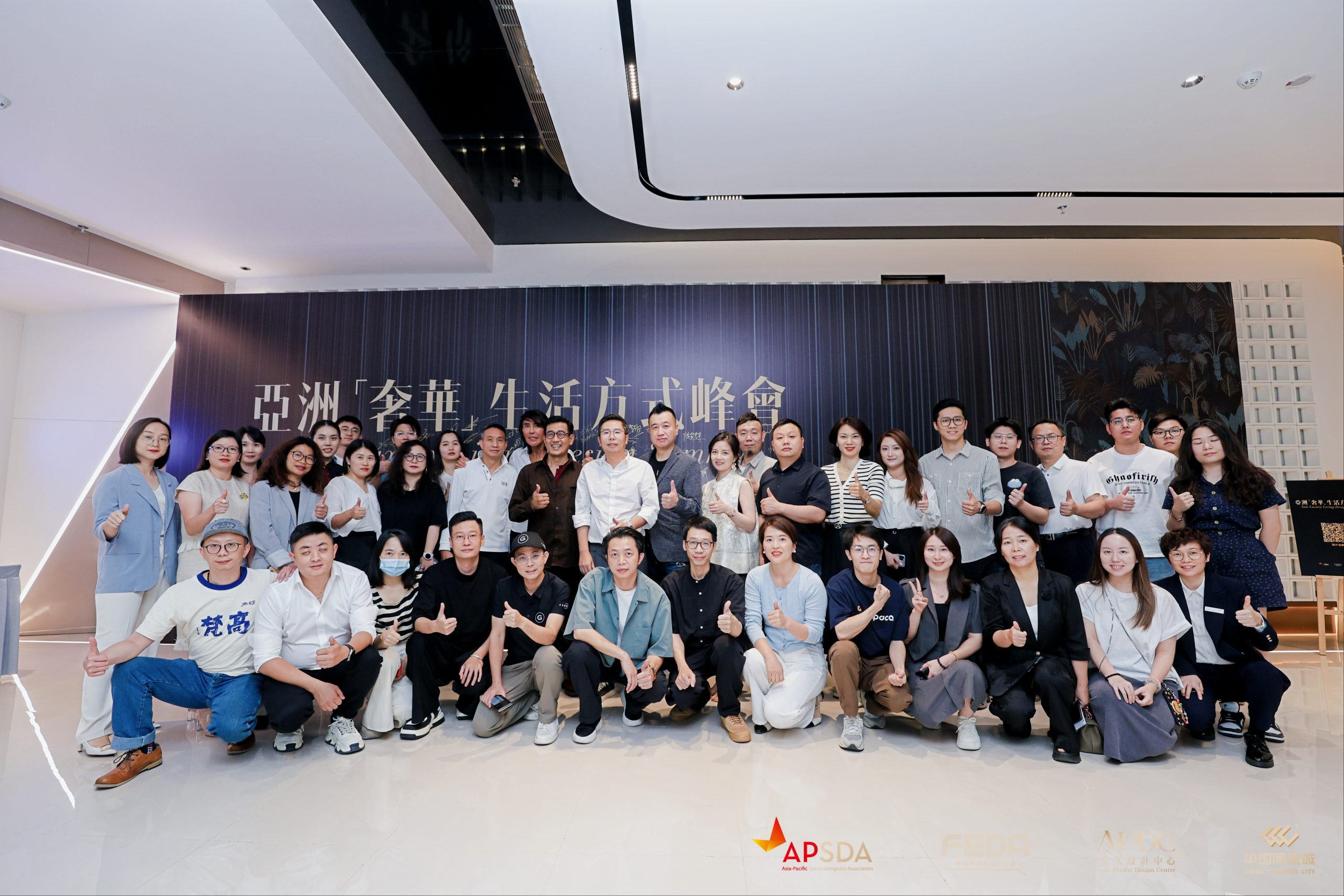For the first time, four design leaders from the same country helm regional leadership positions in the design disciplines of furniture, landscape, architecture, and interior design. In an exclusive interview with Asia Designers Directory, Singaporean design leaders Ernie Koh, Damian Tang, Ar. Rita Soh, and Keat Ong convened over coffee to share their respective appointments at regional design associations, as well as wisdom gleaned in both the local and regional design scenes.
- From left: Damian Tang, Ernie Koh, Keat Ong, and Ar. Rita Soh
Increasingly, design serves as an important tenet and catalyst for transformation across societies. Instrumental to cultivating a healthy, design-centric environment in the region are design associations including the ASEAN Furniture Industries Council (AFIC), International Federation of Landscape Architects (IFLA) Asia-Pacific, Architects Regional Council Asia (ARCASIA), and Asia-Pacific Space Designers Association (APSDA) – aimed to accelerate respective industries to the next chapter of development.
Championing design growth in the region and at home
Spearheading next-generation design shifts are forward-thinking Singaporean creatives who ambition to make a difference both at home and in the region.
In the landscape sector, where Singapore is often regarded as the forerunner in the region, Damian Tang, chairman of the IFLA Asia Pacific Region Advisory Board, provides advice and guidance to the executive committee. Prior to his current appointment, Damian was the president of IFLA APR.
Elaborating on his role, Damian said, “At IFLA, we work closely with the United Nations, NGOs, and other associated organisations to deal with global issues like climate change. To address issues concerning each country’s imperative list, based on their localised priorities is almost impossible. During my tenure as the president, I had to be focused and realistic on the deliverables within my term. I also needed the foresight to set long-term goals for the successor to bring to fruition initiatives that I started.”
Sharing his vision for the furniture sector, newly-minted chairman of AFIC, Ernie Koh noted that during his 2-year term, efforts would gravitate towards fostering sustainability as a long-term commitment to build a carbon neutral industry.
“For a start, AFIC members need to understand that sustainability goes beyond materials or certification of materials and processes as a means to an end to sell products to specific markets. This requires ongoing education and thought leadership among C-level executives to promote the economics of sustainability,” Ernie highlighted.
Through business networking and digitalisation, AFIC members should aim to grow their footprint globally. “We should be looking at AFIC as a potential market rather than as a supplier of furniture to the world. AFIC members should start looking at this region to support one another in business. Internationalisation is still important as AFIC members are mostly OEM players selling to global markets. But, there will eventually be a shift from a production-based to a market-based industry,” Ernie opined.
- From left: Damian Tang, Ernie Koh, Keat Ong, and Ar. Rita Soh
Similarly, Keat Ong, the newly-appointed president of APSDA, has his eyes set on the global platform as he aspires to “harness Asian spirits and energies for the world to appreciate”.
This is not without its challenges as Keat shared that Asian designs tend to be underrated at a global level in terms of presence and respect. There are also many irregularities in the interior design profession across different countries. To address this, a priority during Keat’s term is “standardising certain aspects of interior design practice across the Asia Pacific region to enable more cross-border transfer of talents”.
Currently also the president of the Society of Interior Design Singapore (SIDS), Keat expressed confidence in leveraging three terms at the national level to set high, but achievable targets for APSDA.
Speaking about her role at ARCSIA, a 22-member regional organisation of National Institutes of Architects from South Asia, South-East Asia, and North Asia, immediate past president Ar. Rita Soh shared in-depth about ongoing efforts to champion sustainability and resiliency.
“As architects, we have the moral obligation to design, create, and maintain resilient built environments that can adapt quickly to changing conditions,” said Rita. “We need to build urban resilience to ensure that cities have the capabilities to prepare for, respond to, and recover from any major threats with minimal damage to its economy, social fabric, environment, public health and safety.”
Despite the pandemic, ARCASIA took to online platforms to devise strategies around minimising the damaging impact of climate change, conserving Asian heritage amid rapid urbanisation of cities, as well as accelerating digitalisation in all aspects of the profession.
Creating a unique identity
While the world tends to look to the west for cutting-edge designs, Asia Pacific is now emerging as an unstoppable design force in the global scene. Singapore, being the melting pot of east and west, as well as a gateway to the world, is well-positioned to leverage its unique standing to showcase Asian designs.
“Our region boasts a very rich and diverse design culture. Singapore, being a relatively young country, lacks a deep cultural heritage. However, Singapore can play a central role in converging Asian elements to curate a distinctive Asian design that is commercially acceptable to the world,” Ernie shared.
|
|
“Our region boasts a very rich and diverse design culture. Singapore, being a relatively young country, lacks a deep cultural heritage. However, Singapore can play a central role in converging Asian elements to curate a distinctive Asian design that is commercially acceptable to the world.”– Ernie Koh |
Echoing this sentiment and urging creatives to define their style in the creative space and environment, Rita said, “With Singapore being a multi-racial, multi-cultural society where there is a strong confluence of a myriad heritage and traditions, I encourage young designers and architects to approach design with greater confidence and innovations. We should continue to build on the foundations of the past and leverage on the present creatives to carve out an identity that is unique to our country. Collectively as a region, I look forward to the rise of an Asian Renaissance.”
|
|
“With Singapore being a multi-racial, multi-cultural society where there is a strong confluence of a myriad heritage and traditions, I encourage young designers and architects to approach design with greater confidence and innovations. We should continue to build on the foundations of the past and leverage on the present creatives to carve out an identity that is unique to our country. Collectively as a region, I look forward to the rise of an Asian Renaissance.”– Ar. Rita Soh |
Making a difference
While there is consensus that leading a multi-national body is far more complicated than leading one at a national level, Keat noted a commonality being the involvement of “enthusiastic and selfless individuals coming together for a shared vision to elevate the industry”.
Growing the regional design industry, be it in the furniture, interior design, architecture, or landscape sector, requires ongoing dialogue and close collaboration amongst all stakeholders including government, private entities, and NGOs, where no one party can afford to work in silo.
Global leadership is necessary to facilitate cross-pollination of ideas across multiple cultural groups. To do this, Damian shared that “sensitivity is essential to navigating the cultural differences and political challenges faced by different country members to arrive at common grounds, establish shared goals, and prioritise those that can yield greater impact and outcomes”.
“All countries should have an equal opportunity to pursue leadership roles as each nation will have their unique advantages to offer. For Singapore, connectivity to the world has always been paramount for us. It is important for Singapore to be able to share our collective knowledge and learn from others at the same time,” Keat added.
|
|
“All countries should have an equal opportunity to pursue leadership roles as each nation will have their unique advantages to offer. For Singapore, connectivity to the world has always been paramount for us. It is important for Singapore to be able to share our collective knowledge and learn from others at the same time.”– Keat Ong
|
Recognising the role of global leaders as bridge leaders across cultural and political boundaries, Damian shared, “Taking on leadership roles put us at the international frontline where we can further regional engagements with counterparts to serve as the conduit of growth for our local businesses and industry. Not only do we learn and enable learning in others, we also open doors for colleagues and industry partners to come on board to share the vision we have. With Singapore being a small country-state, we cannot simply rely on our pool of talents. We must be connected on various levels to make an impact.”
|
|
“Taking on leadership roles put us at the international frontline where we can further regional engagements with counterparts to serve as the conduit of growth for our local businesses and industry.”– Damian Tang
|
About Ernie Koh
Ernie Koh is the chairman of the ASEAN Furniture Industries Council (AFIC), an eight-country member regional trade organisation that promotes the interests of the ASEAN furniture industries of each ASEAN country. Previously, Ernie served as the president of the Singapore Furniture Industries Council (SFIC) for two terms and is currently the council’s presidential advisor. He is also the executive director of Koda Ltd., a leading original design manufacturer, overseeing marketing strategies and furniture fair management.
About Keat Ong
Keat Ong is the president of the Asia-Pacific Space Designers Association (APSDA). He is also serving his third term as president of the Society of Interior Designers Singapore (SIDS) and founder of Nota Design Group and Keat Ong Design. An architect by training, Keat has won numerous accolades, including “The Most Influential Designer” by China’s national body for Interior design, China Building Decoration Association, in 2017, as well as the Designers of the year 2016/2017 from the famed INTERIOR DESIGN Magazine. He is also visiting professor to many universities in Asia.
About Damian Tang
Damian Tang is the chairman of the Asia-Pacific Region Advisory Board at the International Federation of Landscape Architects (IFLA). He is the past president of IFLA APR and the Singapore Institute of Landscape Architects (SILA). He has served as the chair of the Finance & Business Planning Committee, International Awards Committee, and International Student Competition for IFLA World and Asia-Pacific region for more than six years. He is also the senior design director of NParks, garnering more than 20 years of experience in the local and international landscape industry including interdisciplinary design practice.
About Rita Soh
Ar. Rita Soh served as president (2019-2021) at Architects Regional Council Asia (ARCASIA). The first woman president of the Singapore Institute of Architects (2004-2007), Rita standardised Singapore’s architectural nomenclature by creating Singapore’s own Code of Practice, and pushed the architectural body towards digitalisation. As president of Singapore’s Board of Architects (2010-2015), she championed ethical architectural practice both regionally and globally. While a nominated member (2014-2015) of Singapore Parliament, Rita advocated reducing Singapore’s carbon footprint by embracing environmentally-friendly buildings, and urged for an expansion of healthcare infrastructure to cater for an ageing population. Rita is managing director of Singapore’s RDC Architects Pte Ltd, an architectural practice centred on designing communities. She won the ARCASIA Gold Medal (2018), URA Heritage Award (2016) and SIA Design Award (2016) for restorations to a 150-year-old national monument, Church of Saints Peter & Paul.

